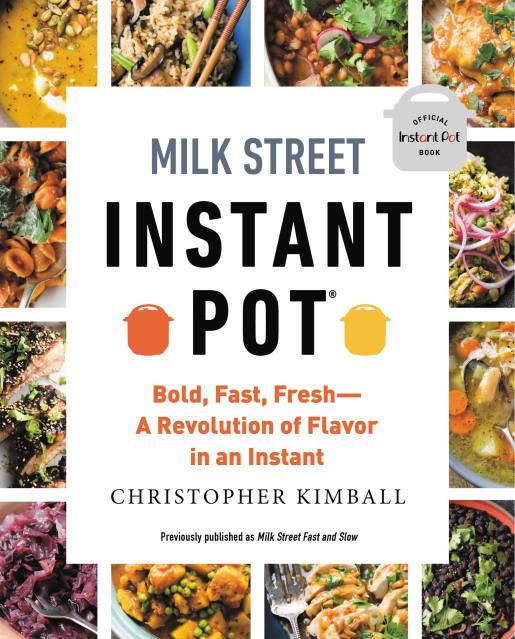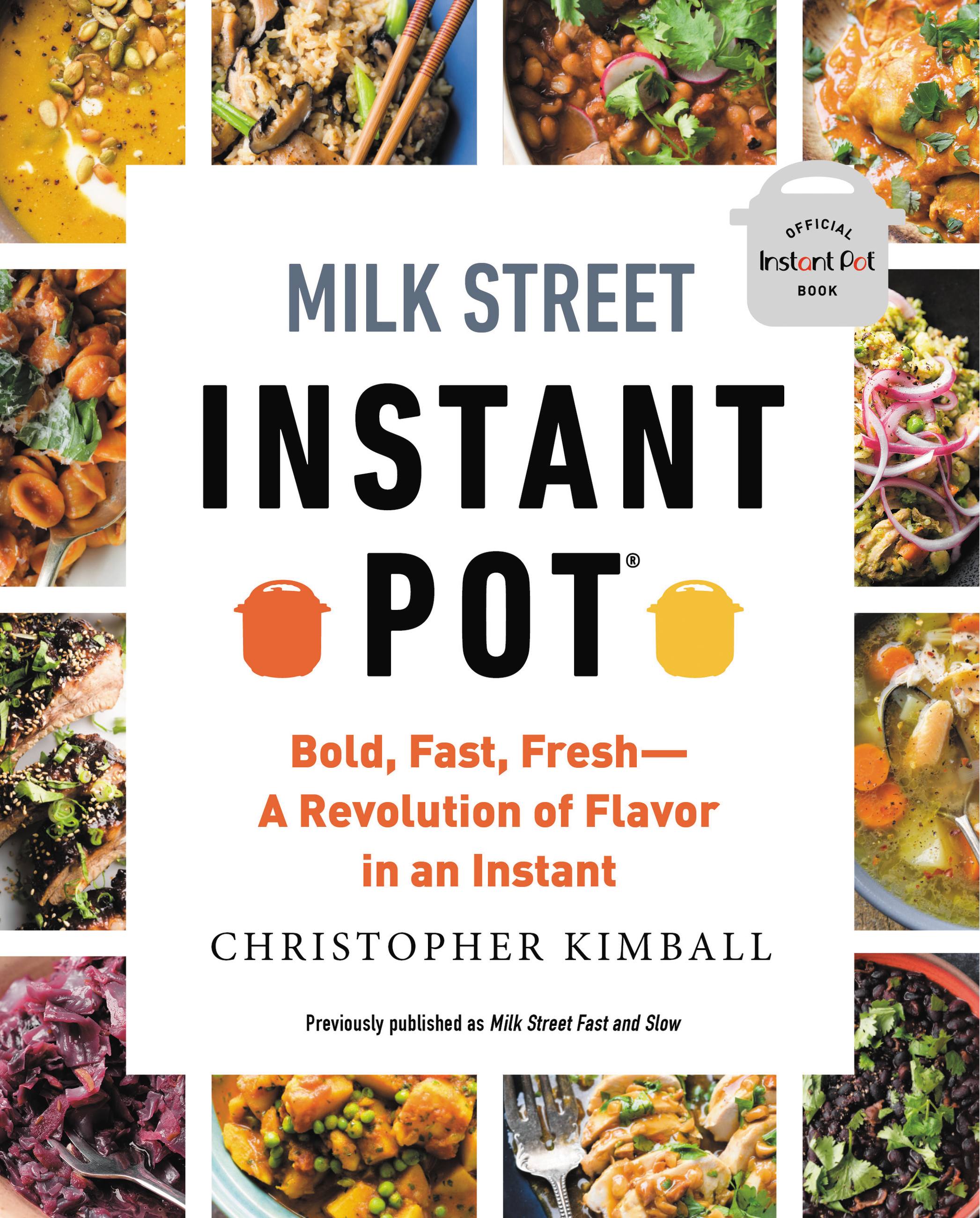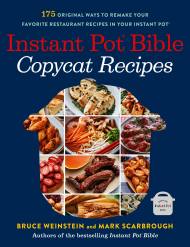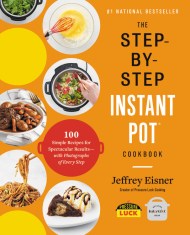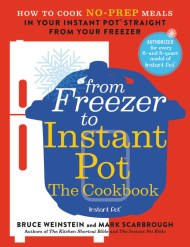Promotion
Use code MOM24 for 20% off site wide + free shipping over $45
Milk Street Fast and Slow
Instant Pot Cooking at the Speed You Need
Contributors
Formats and Prices
Price
$11.99Price
$15.99 CADFormat
Format:
- ebook $11.99 $15.99 CAD
- Hardcover $30.00 $38.00 CAD
- Trade Paperback $19.99 $24.99 CAD
This item is a preorder. Your payment method will be charged immediately, and the product is expected to ship on or around April 7, 2020. This date is subject to change due to shipping delays beyond our control.
Also available from:
Cook it fast or cook it slow: 150 flexible, flavorful Instant Pot and multicooker recipes designed for your schedule, from the James Beard Award-winning team at Milk Street.
Instant Pots and other multicookers can transform your routine, turning day-long simmers and braises into quick dishes that are achievable even on a busy weeknight. But did you know that the same pot is also a top-notch slow cooker, delivering make-ahead flexibility?
Milk Street Fast and Slow shows you how to make the most of your multicooker’s unique capabilities with a host of one-pot recipes that show how to prepare the same dish two ways. For the quickest meals, use the pressure cooker setting to cut down on cooking time. And if you prefer the flexibility of a slow cooker, you can start your cooking hours ahead.
Tantalize your taste buds and change the way you cook with this mouthwatering menu:
- Vegetables shine on center stage in dozens of hearty vegetarian mains and sides like Potato and Green Pea Curry and Eggplant, Tomato, and Chickpea Tagine.
- From Risotto with Sausage and Arugula to steel-cut oats and polenta, get slow-cooking grains on the table fast — no standing and stirring required.
- Beans cooked from scratch now join the weeknight lineup. Skip the overnight soak and load up on flavor in dishes like Black Beans with Bacon and Tequila.
- One-pot pastas mean more flavor and less cleanup. Cook Lemony Orzo with Chicken and Arugula right in the sauce — no boiling, no draining, no problem.
- Cook chicken with a new world of flavor, from Chicken in Green Mole to Chicken Soup with Bok Choy and Ginger.
- Transform tough cuts of pork into everyday ingredients — from Filipino Pork Shoulder Adobo and Hoisin-Glazed Baby Back Ribs to Carnitas with Pickled Red Onions.
- Make beef affordable by coaxing cheap (but flavorful) cuts to tenderness. Even all-day pot roasts and Short Rib Ragu become Tuesday night-friendly with little hands-on effort.
These dishes take advantage of the Milk Street approach to cooking: fresh flavor combinations and innovative techniques from around the world. In these pages, you’ll find a compelling new approach to pressure cooking and slow cooking every day.
Praise for Christopher Kimball’s Milk Street:
“Kimball is nothing if not an obsessive tester, so every recipe has an implicit guarantee . . . Scanning the streamlined but explicit instructions, you think: easy, quick, works, boom.” — The Atlantic
Genre:
- On Sale
- Apr 7, 2020
- Page Count
- 288 pages
- Publisher
- Voracious
- ISBN-13
- 9780316539401
Newsletter Signup
By clicking ‘Sign Up,’ I acknowledge that I have read and agree to Hachette Book Group’s Privacy Policy and Terms of Use
